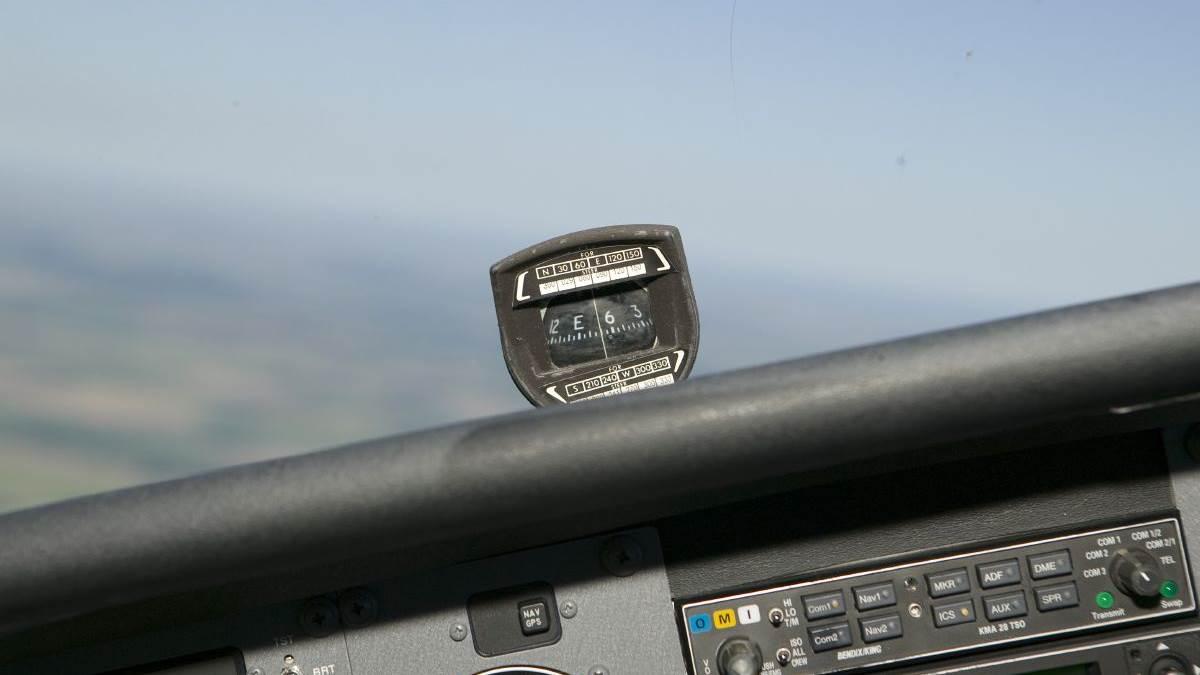Navigation
Safety Spotlight: Pinch Hitter

Navigation equipment varies widely from one airplane to another. We’re only going over the basics here, so be sure to ask your pilot about the equipment in your airplane.
Pilots navigate with reference to a 360-degree compass rose. So, if you fly heading 180, you’re flying south. If you fly heading 035, you’re flying northeast. Basic navigation is accomplished by determining which direction to fly and pointing the airplane in that direction. The direction of flight is shown on the heading indicator.
GPS units make navigation easy but are often loaded with features that can add complexity.
Aeronautical Charts
These are the road maps of the air, and you’ve probably seen your pilot use either a paper or electronic version in flight. Charts show major roads, obstacles, significant landmarks, and of course, airports (among other things). Landmarks that appear obvious from the ground may be more challenging to find in flight since most everything looks different from above. Try following your route of flight on a chart on your next flight.
 GPS
GPS
GPS receivers in airplanes aren’t so different to use from in-car or smartphone navigation apps, but they are more precise. GPS receivers use satellite signals to pinpoint the aircraft’s location in space to within feet and inches. GPS units make navigation easy but are often loaded with features that can add complexity.
Many GPS units have a moving map that shows the airplane’s exact position and direction of flight. This makes navigation easy, if you know how to use it.
Autopilots
Autopilots are like “cruise control” for airplanes. They maintain set headings, and many also maintain altitudes. Because of their usefulness, you’ll probably want your pilot to show you how to use the basic functions of the autopilot, including how to turn it off.